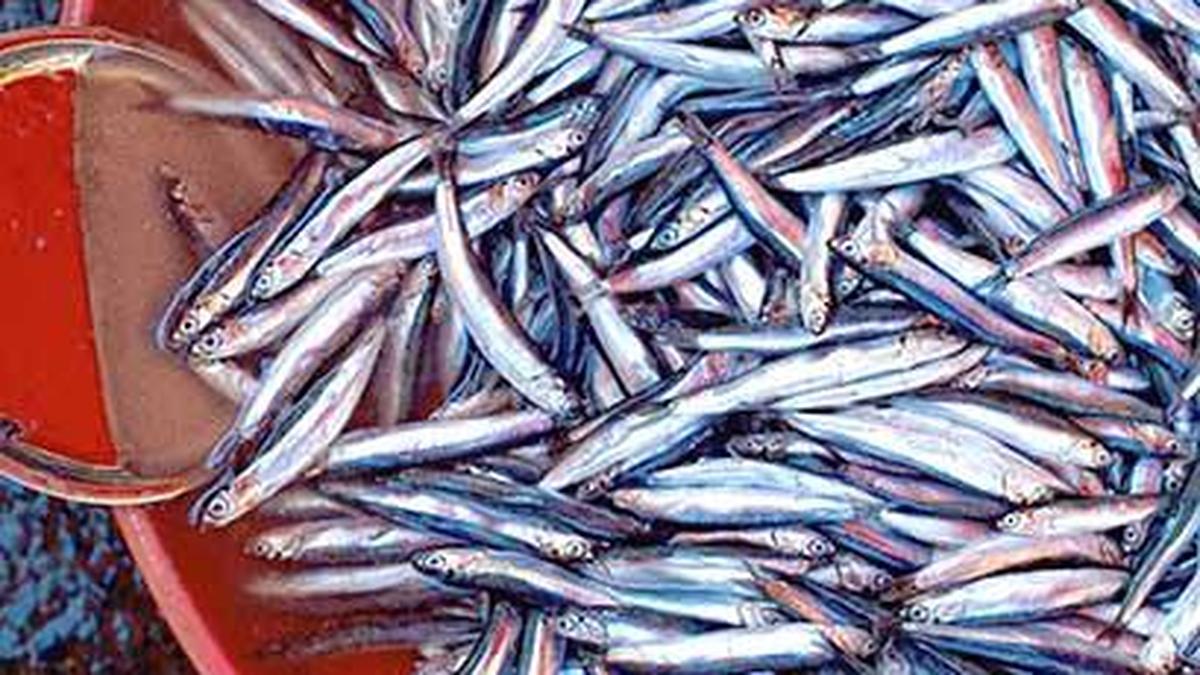
In the Central and South zones, the top two cotton-producing regions in the country, acreages are likely to be maintained in the forthcoming kharif season on the forecast of a normal monsoon. Still, a shortage of premium cotton hybrid seeds looms large and is likely to weigh on the cropping trends. This is even as cotton faces a weak sentiment in the North zone, where the acreages are likely to come down by 20-30 per cent on account of rising pest infestations.
The cottonseed industry faced challenges in seed production last year, particularly in Karnataka, due to drought conditions. After the seed production capacities in the Nandyal region of Andhra Pradesh had came down, Karnataka emerged as a key player. However, a drought in the seed production belt has adversely impacted the output, casting a shadow on the overall availability of seeds.
“The demand (for seeds) has yet to start because of heat waves and the delay in wheat harvest. As far as North India is concerned, there may not be any shortage of seeds, but in the South and Central regions, there may be a shortage of popular brands to the extent of 15 to 20 per cent,” said Ram Kaundinya, Director-General of the Federation of Seed Industry of India (FSII).
The Central Zone, comprising Gujarat, Maharashtra and Madhya Pradesh, is the largest cotton-growing region, accounting for 60 per cent of the total acreages of over 124.69 lakh ha during 2023-24 season. The South zone comprising Telangana, Karnataka, Andhra and Tamil Nadu accounted for 16 per cent of the cotton acreages during the 2023-24, and the North zone consisting of Punjab, Haryana, and Rajasthan accounted for 13 per cent.
“We used to have buffer stocks of seeds to take care of any shortages. But we don’t have the cushion this time,” said M Prabhakara Rao, President of the National Seeds Association of India (NSAI), stating there may not be much increase or decrease in acreages this year.
Demand for hybrid seed
The industry expects the demand for cotton hybrid seed to be 4.5-5 crore packets of 450 grams each. About two-thirds of the 4.5 crore packets are considered ‘premium’, a group of seed varieties in huge demand for high yields. The demand for seeds in South and Central India would stay put, but it may not compensate for the likely drop in the Northern parts of the country.
“The seed pricing issues are not encouraging. As we said earlier, it will impact the production. The demand for cotton from textiles industry is expected to grow further beginning this year. This year looks not so encouraging. But in the medium to long term the outlook looks promising” Rao said.
Considering the forecast of a normal monsoon and prices, the overall acreages should increase by about 5 per cent this year, said M Ramasami, Founder of Rasi Seeds.
Kaundinya said the area could see a marginal decrease due to pink bollworm damages, boll rot issues, and the availability of various alternative crops like corn, groundnut, and paddy, which are remunerative this year.
Bhagirath Chaudhary, founder director of South Asia Biotechnology Centre in Jodhpur, said the North zone might see a 20 per cent area decline, while in the Central and South, the acreages would depend on the arrival of monsoon.
Atul Ganatra, President of the Cotton Association of India, said it was too early to predict the next season’s cotton sowing.
India’s cotton production during 2023-24 was down to 323.11 lakh bales of 170 kg each from the previous year’s 336.60 lakh bales due to a dip in area and yields.
Crime Today News | Business & Economy
Source | Powered by Yes Mom Hosting





